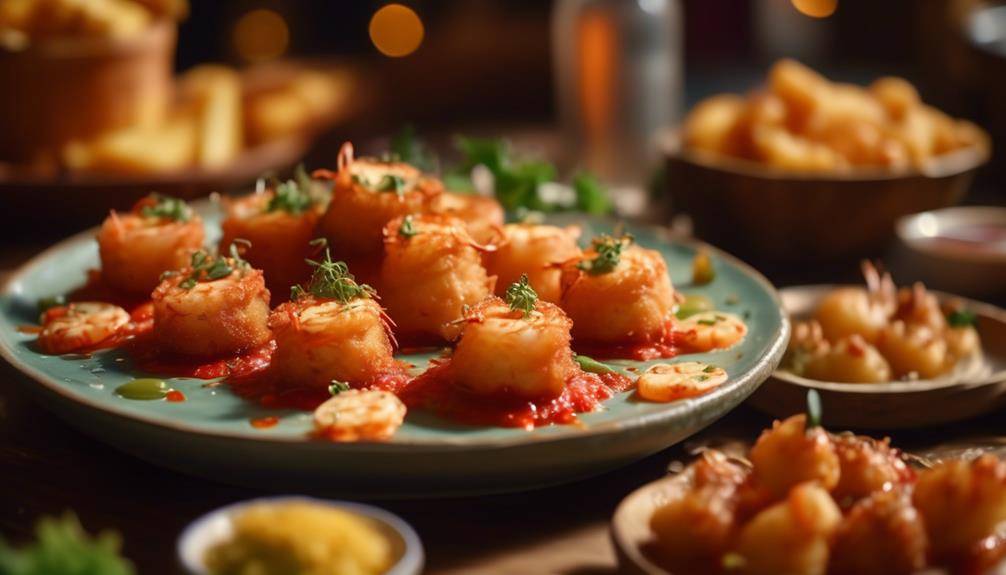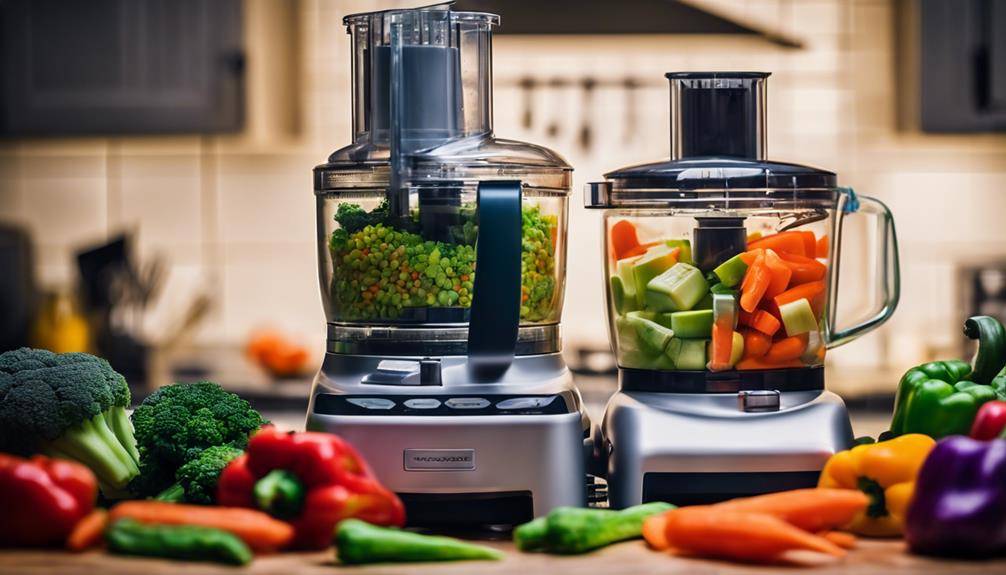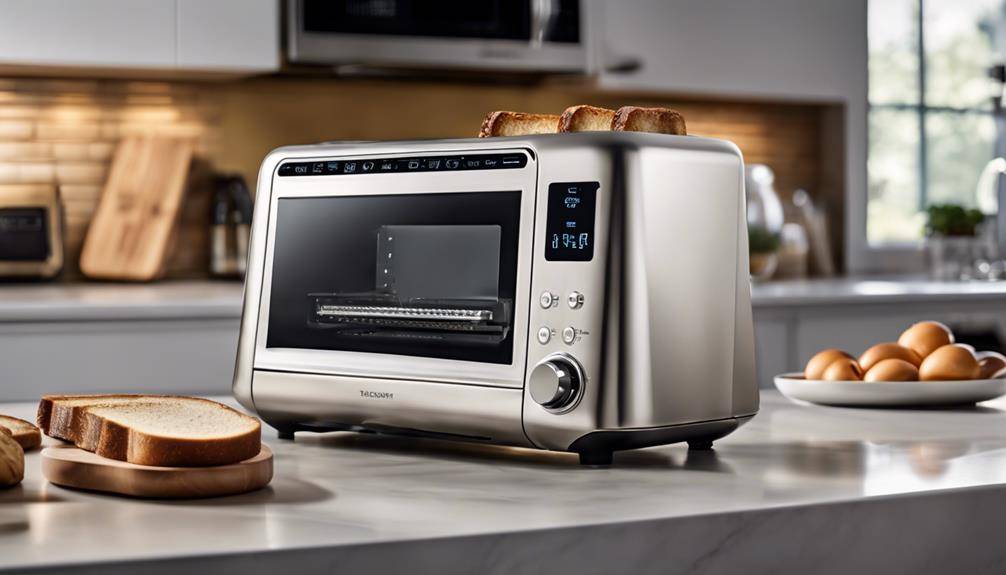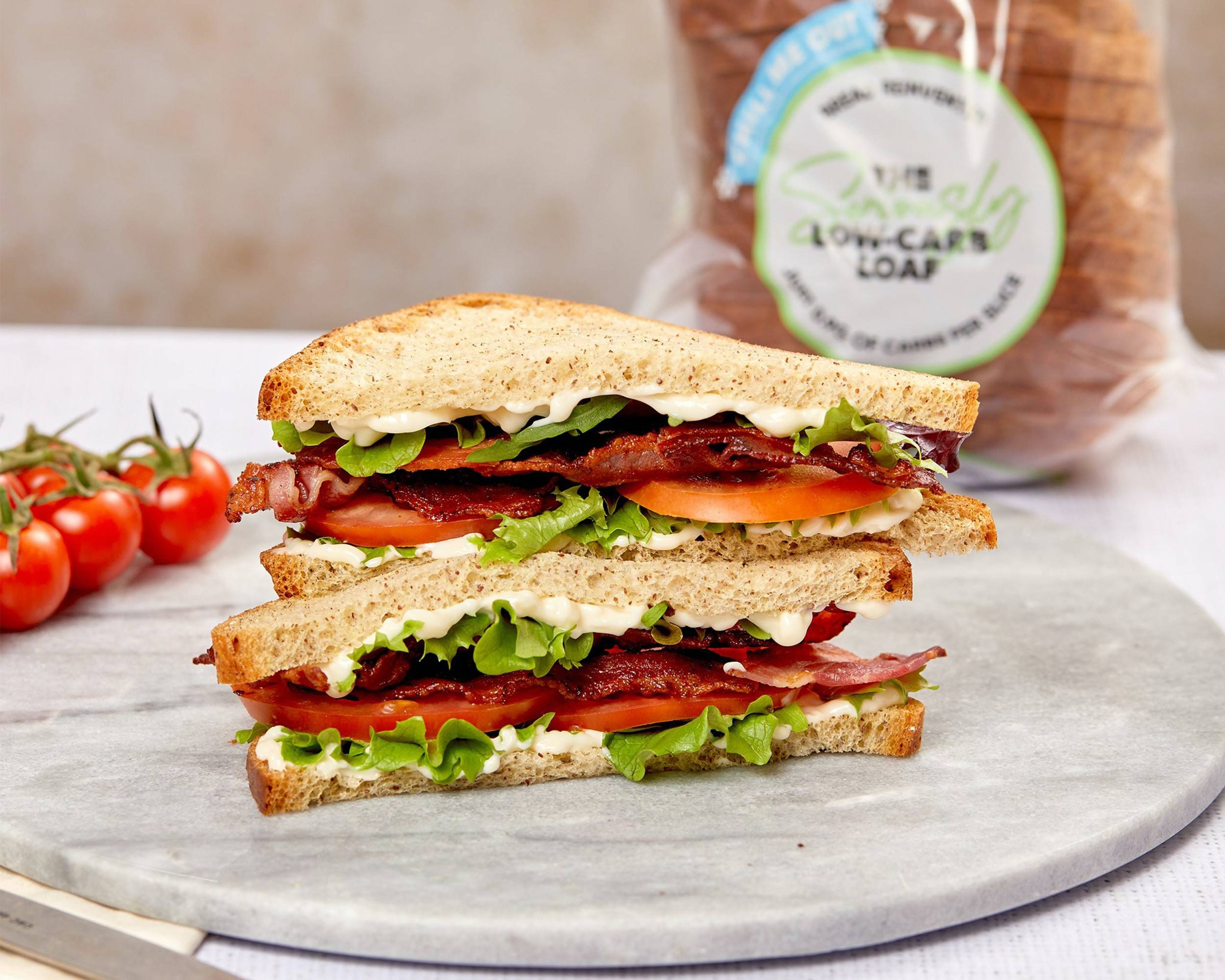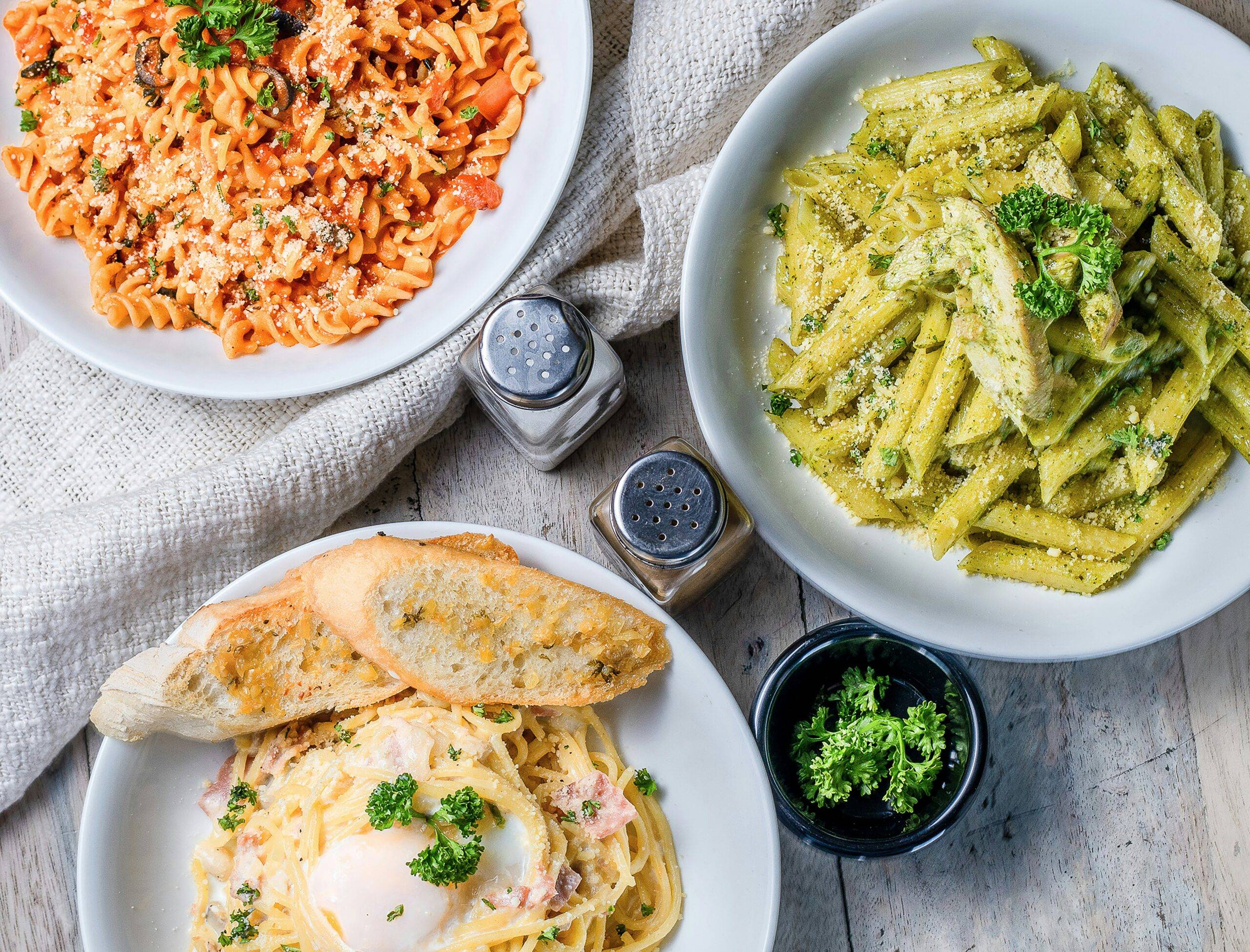Swedish Meatballs: From the Best Royal Tables to Global Delight
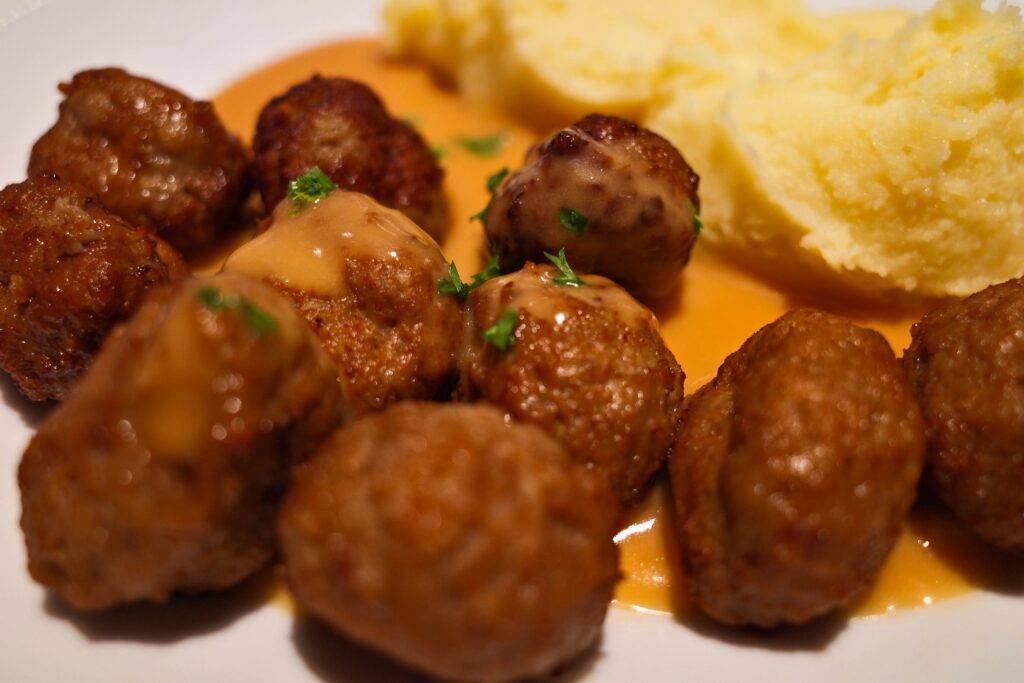
Swedish Meatballs, or Köttbullar as they are known locally, hold a special place in the heart of Swedish cuisine. These delectable bites of seasoned ground meat, usually a mix of beef and pork, have a rich history that stretches back centuries. Let’s embark on a flavorful journey to explore the origins and cultural significance of these iconic meatballs.
Origins in Swedish Culinary Heritage: Unveiling Centuries of Flavorful Tradition
Swedish Meatballs, known as Köttbullar, boast a culinary heritage deeply rooted in the rich tapestry of Sweden’s history. The origins of these delectable morsels can be traced back to medieval times when the landscape of Swedish cuisine was evolving, influenced by trade, regional ingredients, and a burgeoning fascination with spices.
Medieval Roots: Spices Transforming Tastes
In medieval Sweden, the culinary landscape began to transform as trade routes opened, introducing a plethora of exotic spices. This marked the beginning of a shift in flavor profiles, and meats, a dietary staple, became canvases for experimentation. The blending of various spices became a distinctive feature, setting the stage for the development of Swedish Meatballs.
Royal Influence: The Ottoman Connection
The turning point in the evolution of Swedish Meatballs occurred during the 18th century, catalyzed by a royal connection. King Charles XII, during his exile in the Ottoman Empire, encountered a dish akin to what we now know as Swedish Meatballs. Enamored by the flavorful blend of spices and ground meat, the king brought this culinary gem back to Sweden, forever altering the trajectory of Swedish gastronomy.
Homesteads and Hearth: Nurturing Family Traditions
As centuries unfolded, Swedish Meatballs became entrenched in the fabric of Swedish households. Families across the nation embraced the dish, crafting their unique recipes passed down through generations. The preparation of meatballs became a communal activity, often done during festive occasions, turning the kitchen into a hub of shared traditions and familial warmth.
Culinary Evolution: From Homes to IKEA’s Global Stage
Even as Swedish Meatballs transitioned into the global spotlight, the heart of their existence remained in the homes of the Swedish people. The traditional preparation continued to be a cherished practice, maintaining its significance in everyday life and festive gatherings.
IKEA’s Global Impact: A Culinary Ambassador
In contemporary times, Swedish Meatballs achieved unprecedented global recognition, thanks in part to the Swedish retail giant IKEA. The company’s food section not only popularized the dish internationally but also turned Swedish Meatballs into a symbol of Sweden itself. With millions served annually in IKEA stores worldwide, these meatballs have become culinary ambassadors, introducing people worldwide to the essence of Swedish gastronomy.
Culinary Evolution: From Homesteads to IKEA
Homemade Traditions: In the 19th and early 20th centuries, Swedish Meatballs became a staple in households. Families developed their unique recipes, passing them down through generations. The dish was often served during festive occasions, creating a sense of warmth and togetherness.
IKEA’s Global Impact: In more recent times, Swedish Meatballs have transcended borders, thanks in part to the global furniture giant IKEA. The company’s food section introduced Swedish Meatballs to a worldwide audience, becoming synonymous with Swedish cuisine.
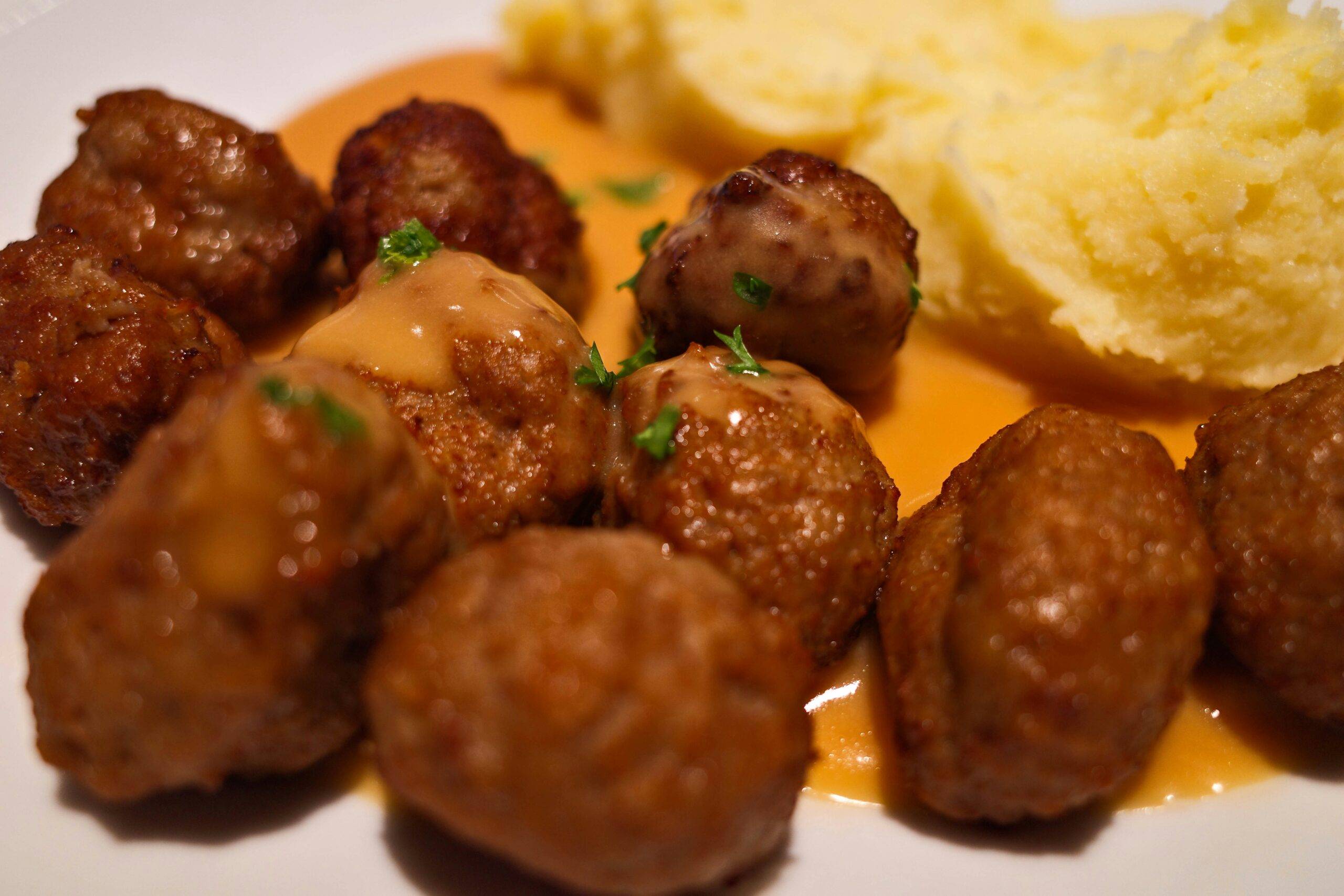
Swedish Meatballs
Ingredients
- For the Meatballs:
- 1 lb ground beef
- 1/2 lb ground pork
- 1 cup breadcrumbs
- 1/2 cup milk
- 1 small onion finely chopped
- 2 cloves garlic minced
- 1/4 cup fresh parsley finely chopped
- 1/4 teaspoon ground allspice
- 1/4 teaspoon ground nutmeg
- Salt and pepper to taste
- 1 egg beaten
- Butter or oil for frying
- For the Gravy:
- 2 tablespoons all-purpose flour
- 2 cups beef or vegetable broth
- 1/2 cup heavy cream
- Salt and pepper to taste
Instructions
- . Prepare the Meatball Mixture:
- In a large bowl, combine the ground beef, ground pork, breadcrumbs, and milk. Allow the breadcrumbs to absorb the milk.
- Add the chopped onion, minced garlic, parsley, ground allspice, ground nutmeg, salt, and pepper to the meat mixture.
- Finally, add the beaten egg and mix everything thoroughly until well combined.
- Shape the Meatballs:
- With moistened hands, shape the mixture into small, bite-sized meatballs. You can make them round or slightly oval-shaped.
- Cook the Meatballs:
- Heat butter or oil in a large skillet over medium heat.
- Add the meatballs to the skillet, ensuring they have enough space between them to cook evenly.
- Brown the meatballs on all sides, turning them gently to maintain their shape. This step helps develop a rich flavor.
- Make the Gravy:
- Once the meatballs are browned, remove them from the skillet and set aside.
- In the same skillet, add flour and whisk to create a roux. Cook for a couple of minutes to eliminate the raw flour taste.
- Gradually whisk in the broth and heavy cream, ensuring there are no lumps.
- Continue whisking until the gravy thickens. Season with salt and pepper to taste.
- Combine and Serve:
- Return the meatballs to the skillet, coating them in the savory gravy. Simmer for a few minutes to allow the flavors to meld.
- Serve the Swedish Meatballs over mashed potatoes, lingonberry sauce, or with lingonberry jam on the side.
Cultural Significance: Swedish Meatballs More Than Just Meat
Celebratory Feasts: Swedish Meatballs are a central part of traditional Swedish celebrations, such as Midsummer and Christmas. These occasions bring families and friends together, fostering a sense of community and joy.
Symbol of Swedish Identity: Internationally, Swedish Meatballs serve as a symbol of Sweden’s culinary identity. They showcase the country’s commitment to quality ingredients, meticulous preparation, and a blend of traditional and modern influences.
Conclusion: A Culinary Icon
In conclusion, Swedish Meatballs are more than just a dish; they are a representation of Sweden’s rich culinary history and the warmth of its people. From royal tables to global kitchens, these savory delights continue to delight taste buds and create lasting memories around the world.



